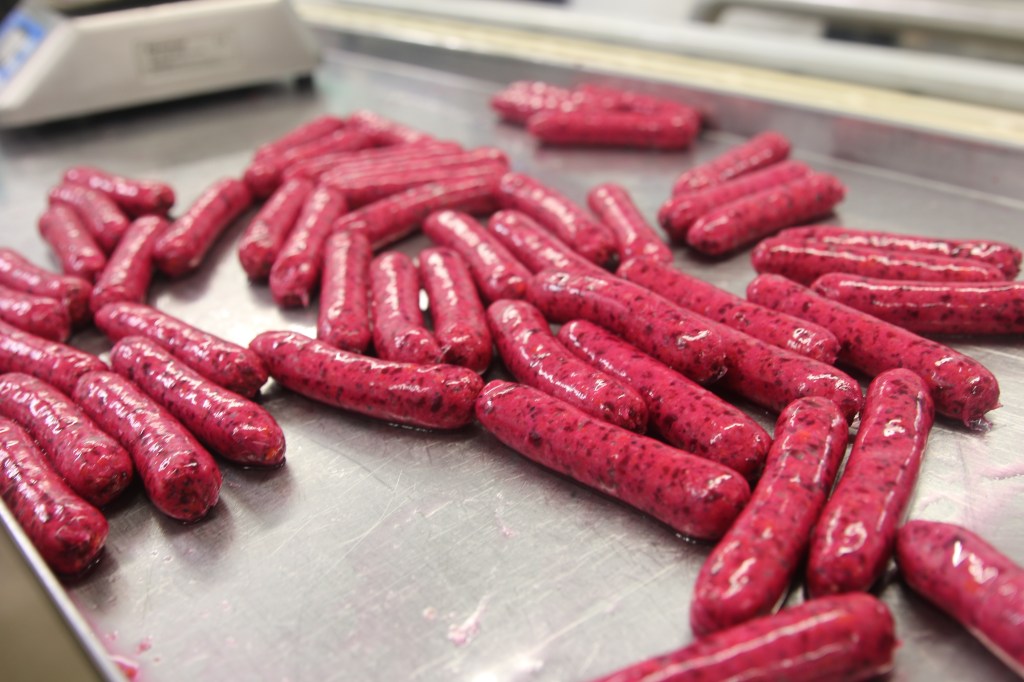When Mahbir Thukral launched Mahbir Premium Indian Saffron at a BBC Good Food Show event two years ago, he shared a recipe for saffron-infused custard. It was a deliberately chosen dish: the spice had connotations of fragrant, far-off lands, while the custard base was a nod to hearty British desserts. Thukral had fused the two to prove that Indian and Anglo flavours could complement one another in more innovative ways than curry sauce on chips. It is this belief that has driven the success of his business.
Whether it’s turmeric lattes making their way into London coffee shops or wellness bloggers promoting ayurvedic eating, Indian food traditions have been in the spotlight of late. But for Thukral, his company’s MO is about more than making saffron the next tamarind smoothie—he wants to change the nature of spice exportation from India. In a process he calls “traceability,” the 31-year-old met with a co-operative of saffron farmers in Kashmir and learned first-hand what makes a quality spice and why. He puts this information on every sachet he sells.
Videos by VICE
Saffron, which is derived from the flower Crocus sativus, has long been grown Kashmir, an area that has faced turmoil for the last half century. Centuries of British rule, Indian independence, and the creation of Pakistan have resulted in Kashmir becoming a territorial battle ground between the two countries and the site of extreme violence to this day. Despite his parents’ fears for his safety, Thukral wanted to prove that there was more to Kashmir than its unstable reputation. He visited an area ravaged by post-colonial politics and attempted to trigger change here on a small level by paying saffron farmers fair wages.
India has long been a source for spices in Europe, but Thukral wanted to change the dynamic of exploitation and poor working conditions that have remained since colonial rule. I spoke to him as he plots his next moves for the business.

Mahbir Thukral: I really wanted to create a product which is 100-percent Indian and proudly an Indian product. Also, with such a rich food culture, I wanted to create a premium food experience that is not only reliant on Western people to come up with the next turmeric latte by leveraging an element of Indian culture, but really drive innovation from Indian outlets.
How do you try and make the saffron process more ethical?In the past, people fought and died over spices when India was under colonial rule. Now as these products are commodified, the issue is that after they’re exported and brought into Europe, that’s where the working conditions and quality controls are measured. What I try to do is look from the outside and not just ensure the primary controls such as child labour or fair pay, but try and bring UK and EU food safety standards to the exportation process. In addition to this, as part of the traceability promise, every packet has the farmer’s name and story on it. Everyone is so concerned with where their meat comes from or buying free-range eggs, why is spice any different?

I think saffron encapsulates Indian food culture. The idea behind me introducing it in new ways is that you discover something revolutionary and do it among family and friends. Also saffron is a great representation of the versatility of Indian food culture that it can be used in sweet and savoury food.
Personally, the goal is to make saffron the next big food trend. One example I always draw back to is that vanilla is the second most expensive spice in the world after saffron and compared to where vanilla was 20 to 25 years ago, it is now used as a mainstream ingredient in everything from ice cream to ready-made Mr. Kipling Bakewell tarts. I think saffron can take that position.
How would you recommend using saffron to a first-timer?I think the first thing I would say is you can make ice cubes with saffron. Just put a few saffron strands in some hot water in an icy tray leaving them on the side until they become room temperature and then putting the ice cube tray in the freezer. When you want to make gin and tonics or some mocktails, you can put some in or you can even add some into a pan when you’re cooking rice. It’s a really great way of infusing it into your food and drink.
That sounds delicious, thank you so much for speaking to us!




